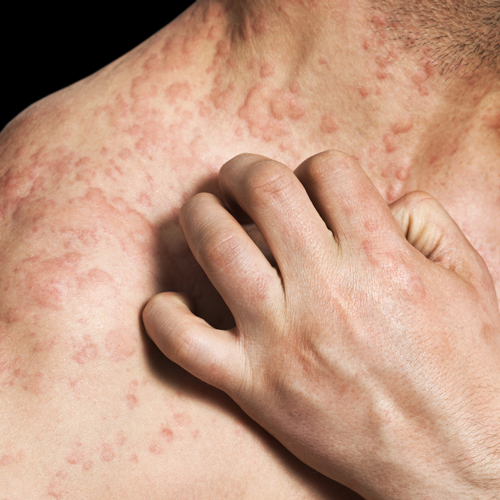
What is a Rash?
A rash is a temporary eruption or change in the skin’s appearance that may involve redness, itching, bumps, blisters, or a combination of these symptoms. It can occur as a result of various causes, including allergies, infections, irritants, or underlying medical conditions. Rashes can be localized to a specific area or spread across larger areas of the body. Treatment for a rash depends on its underlying cause and may involve medications, topical creams, avoiding triggers, or addressing the associated condition. If a rash is severe, persistent, or accompanied by other concerning symptoms, it is advisable to seek medical attention for proper diagnosis and treatment.
Rashes are a symptom of many different medical problems. Other causes include irritating substances and allergies. Certain genes can also make people more likely to get rashes.
Contact dermatitis is a common type of rash. It causes redness, itching, and sometimes small bumps. You get the rash where you have touched an irritant, such as a chemical, or something you are allergic to, like poison ivy.
Some rashes develop right away. Others form over several days. Although most rashes clear up fairly quickly, others are long-lasting and need long-term treatment.
Because rashes can be caused by many different things, it’s important to figure out what kind you have before you treat it. If it is a bad rash, if it does not go away, or if you have other symptoms, you should see your health care provider. Treatments may include moisturizers, lotions, baths, cortisone creams that relieve swelling, and antihistamines, which relieve itching.

